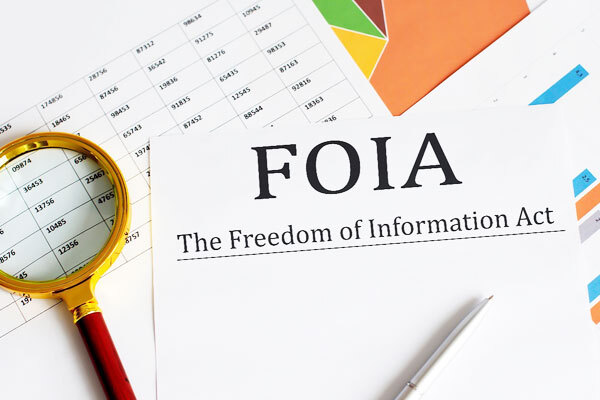 What is the relationship between records management and compliance with Freedom of Information Act (FOIA) requests? In short, it’s complicated.
What is the relationship between records management and compliance with Freedom of Information Act (FOIA) requests? In short, it’s complicated.
Obviously, good records management is critical to meeting formal FOIA requests. It’s how staff can even find the information that’s being requested. Unfortunately, according to research published last year from the U.S. National Archives and Records Administration (NARA), just under half (49%) of respondents (which included Agency Records Officers and Chief FOIA Officers) have training programs that address the importance of working together collaboratively. Far less than half (38%) coordinate search terms to identify records.
In other words, records staff and FOIA staff don’t always work closely. That distance or separation can create real challenges for agencies to comply with legal information requests. A lack of cooperation between those two groups makes it harder and less likely that they’ll be able to find applicable records in the first place. As NARA writes, “strong records management [is] a solid foundation for an efficient and compliant FOIA program and smoother FOIA process.”
There is some good news: 56% of respondents say that both officers work together on information technology requirements, an improvement of 5 points year over year. That’s important because electronic records management can both facilitate the relationship between AROs and CFOs and make it easier to comply with FOIA requests.
1: ERMs make it easier to find applicable records.
Searching through boxes and filing cabinets for specific records can easily turn into searching for the proverbial needle in a haystack. Electronic systems make it simple: enter your search query and hit enter. In fact, well-managed records stored with complete metadata can offer a lot of avenues for finding just the right records, including searches according to subject matter or project, keywords, author, date of creation or modification, disposition status, and more. In just a few minutes, it becomes possible to find every possible record that would satisfy the FOIA request.
2: ERMs make it easier to access applicable records.
Depending on agency-specific workflows related to record retrieval, electronic systems potentially make it possible for FOIA staff to find and retrieve records directly, even from remote locations, without records management staff having to take time to fulfill requests. This may vary between organizations; records managers might want FOIA personnel to go through them in some cases. In other situations, they might prefer not to have to spend time on the task. ERMs make it possible to give any appropriate personnel role-appropriate access to records; cloud-based systems make it possible to access those records from any location.
3: ERMs make it easier to apply governance, privacy, and security controls to records.
FOIA is foundational to governmental transparency in the U.S., but it’s not limitless. Some records must be withheld or redacted in order to comply with security, privacy, and other regulatory mandates that may take precedence over FOIA itself. In these cases, the ERM can help prevent inappropriate disclosure errors by enforcing role- and rules-based security controls.
About PSL
PSL is a global outsource provider whose mission is to provide solutions that facilitate the movement of business-critical information between and among government agencies, business enterprises, and their partners. For more information, please visit or email info@penielsolutions.com.

